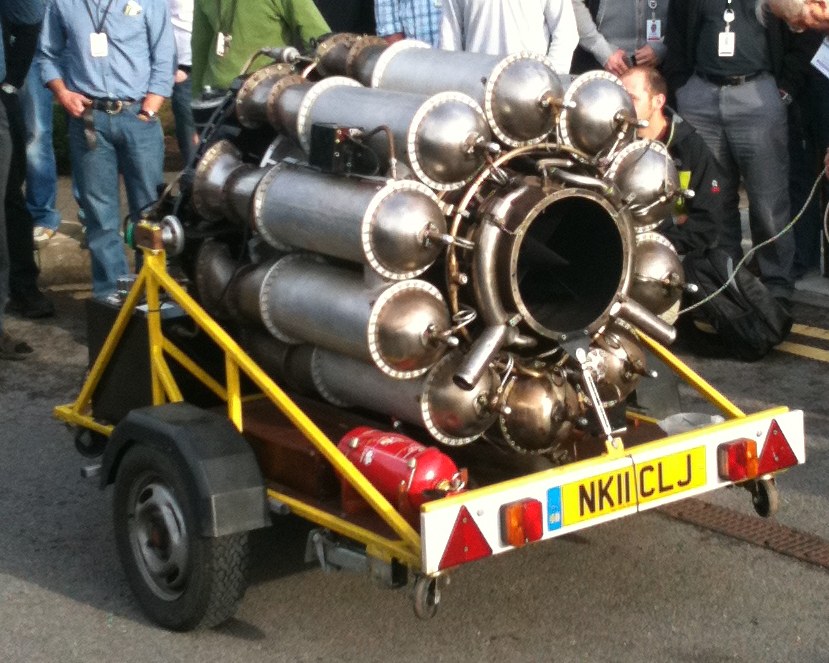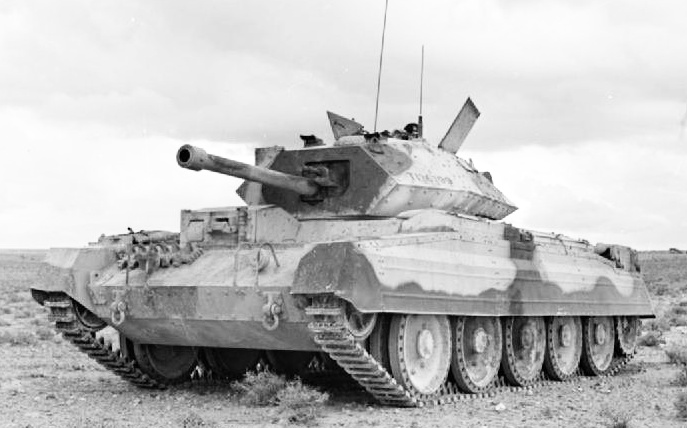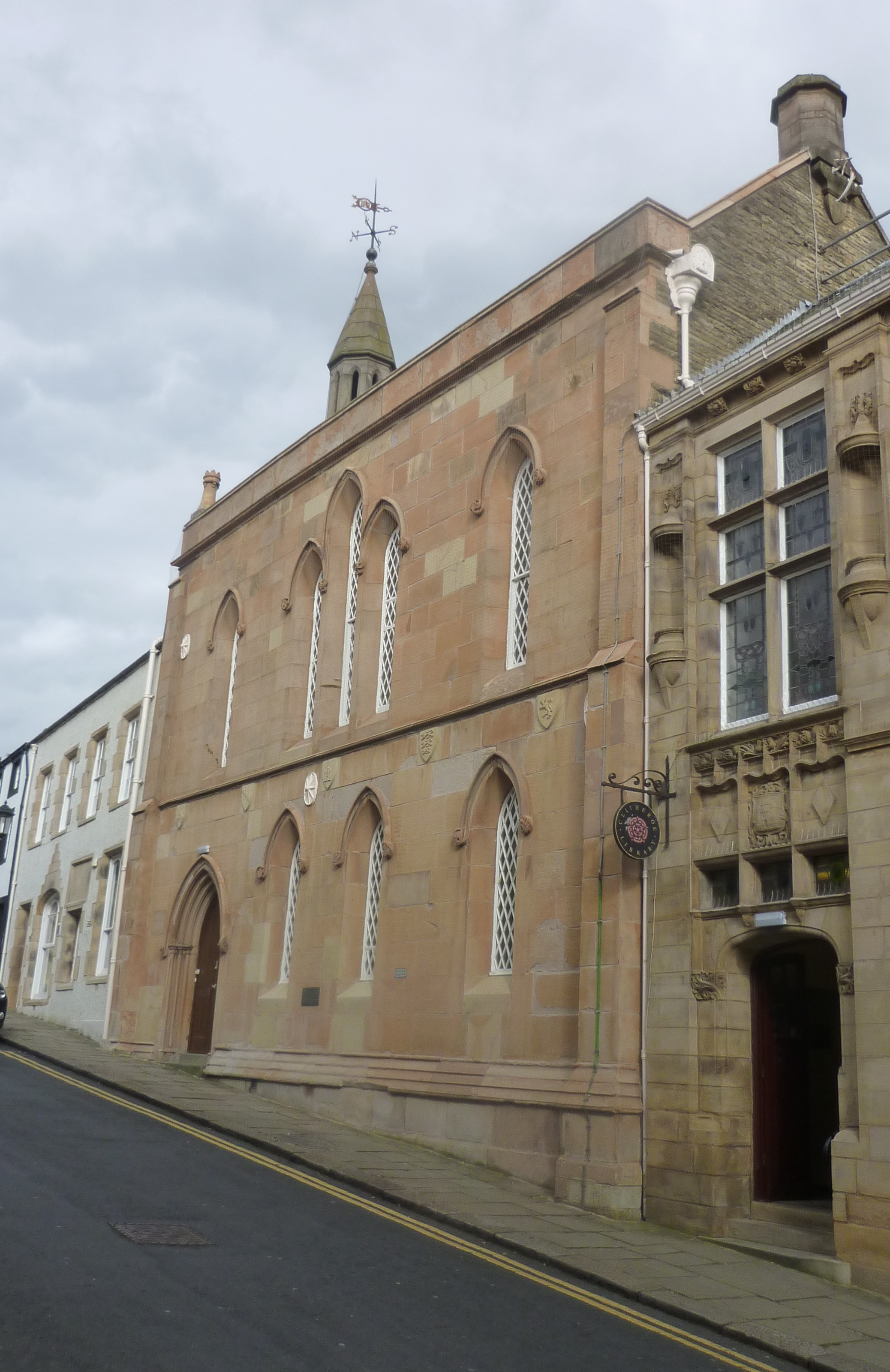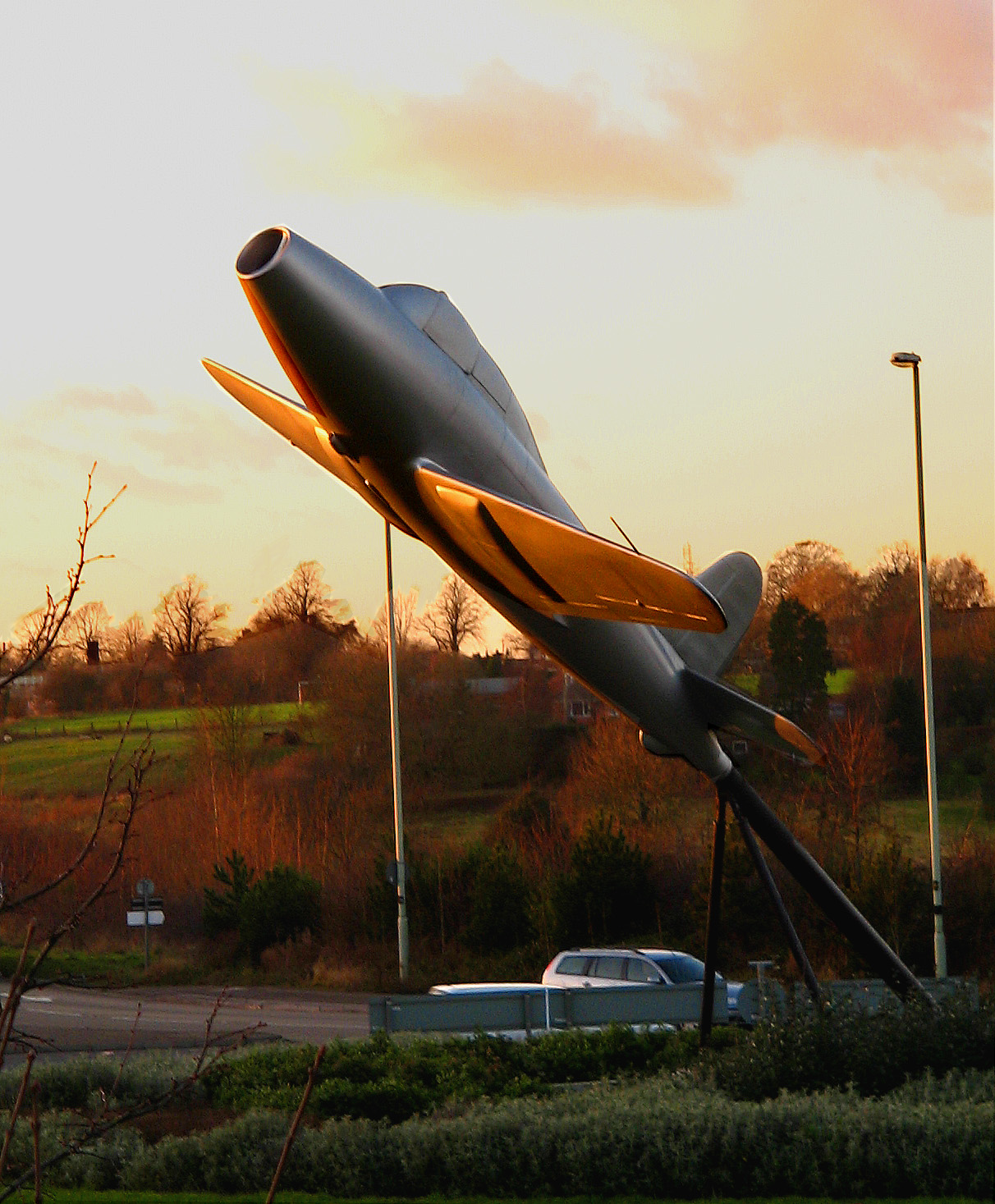|
Rolls-Royce Welland
The Rolls-Royce RB.23 Welland was Britain's first production jet engine.Janes 1989, p.268. It entered production in 1943 for the Gloster Meteor. The name Welland is taken from the River Welland, in keeping with the Rolls-Royce policy of naming early jet engines after rivers based on the idea of continuous flow, air through the engine and water in a river. The engine was originally developed by Frank Whittle's team at Power Jets and known as the W.2, Whittle's second design and the first intended for eventual production. Power Jets was working with Rover who referred to it as the W.2B/23. The relationship between the companies was strained due to Rover's inability to deliver working parts, and broke when Whittle learned that a team of Rover engineers led by Adrian Lombard and John Herriot had designed their own version, the W.2B/26. Fed up with Whittle, Rover handed the project to Rolls-Royce, where Stanley Hooker joined the team from Rolls' supercharger division. Hooke ... [...More Info...] [...Related Items...] OR: [Wikipedia] [Google] [Baidu] |
WikiProject Aircraft
A WikiProject, or Wikiproject, is a Wikimedia movement affinity group for contributors with shared goals. WikiProjects are prevalent within the largest wiki, Wikipedia, and exist to varying degrees within Wikimedia project, sister projects such as Wiktionary, Wikiquote, Wikidata, and Wikisource. They also exist in different languages, and translation of articles is a form of their collaboration. During the COVID-19 pandemic, CBS News noted the role of Wikipedia's WikiProject Medicine in maintaining the accuracy of articles related to the disease. Another WikiProject that has drawn attention is WikiProject Women Scientists, which was profiled by ''Smithsonian Magazine, Smithsonian'' for its efforts to improve coverage of women scientists which the profile noted had "helped increase the number of female scientists on Wikipedia from around 1,600 to over 5,000". On Wikipedia Some Wikipedia WikiProjects are substantial enough to engage in cooperative activities with outside organization ... [...More Info...] [...Related Items...] OR: [Wikipedia] [Google] [Baidu] |
Centrifugal Compressor
Centrifugal compressors, sometimes called impeller compressors or radial compressors, are a sub-class of dynamic axisymmetric work-absorbing turbomachinery. They achieve pressure rise by adding energy to the continuous flow of fluid through the rotor/impeller. The following equation shows this specific energy input. A substantial portion of this energy is kinetic which is converted to increased potential energy/static pressure by slowing the flow through a diffuser. The static pressure rise in the impeller may roughly equal the rise in the diffuser. Equation-0.1 : H = \left( \left( R \right)_2 - \left( R \right)_1 \right) :where the control volume nomenclature (illustrated in Figure-0.4) is: ::* subscript, is the impeller inlet location, station1 ::* subscript, is the impeller discharge/exit location, station2 ::* is the energy input per unit mass, units=(LP/m) ::* is the impeller's rotation speed, units=(radians/t) ::* is the radius of specified location, units=(L) ::* is ve ... [...More Info...] [...Related Items...] OR: [Wikipedia] [Google] [Baidu] |
John Grierson (pilot)
John Grierson (2 January 1909 – 21 May 1977) was an English long-distance flier, test pilot, author, and aviation administrator. Grierson started his flying lessons at Brooklands while still a schoolboy, graduated from RAF Cranwell in 1929, and flew out to India in 1930 in his own Gypsy Moth, named ''Rouge et Noir'', to join his RAF Squadron. In the same aircraft he established a record in 1931 with a 41½-day flight from Karachi, India to Lympne, England, and in 1932 flew 8,800 miles across the USSR to Samarkand. He had asked his friend Bernard Shaw to lobby the Soviet authorities to grant him passage. He met the Lindberghs in Reykjavík, Iceland in 1933. He was at that time attempting to fly solo to America in ''Rouge et Noir'', now fitted with floats, but overturned on take-off. His next effort was in a Fox Moth named ''Robert Bruce''. On his third try, Grierson successfully made the first London - Ottawa flight, at the same time making the first solo flight across ... [...More Info...] [...Related Items...] OR: [Wikipedia] [Google] [Baidu] |
Rolls-Royce Meteor
The Rolls-Royce Meteor later renamed the Rover Meteor is a British tank engine that was developed during the Second World War. It was used in British tanks up to 1964. It was a result of co-operation between Leyland Motors and Rolls-Royce who between them in 1941 had suggested that a specialised de-rated version of the Merlin aero-engine would be highly suitable for use in armoured fighting vehicles. The Meteor was developed from the Merlin by W. A. Robotham and his chassis design and development division at Clan Foundry, Belper, as they were not involved in aero-engine work and his engineers were under-used. With the aid of engineers from Leyland, who were engaged in tank work, he considered RR's two V12s; the Kestrel, while having more power than the existing "Liberty" or Meadows engines, did not provide the desirable 20 bhp per ton (producing only 475 bhp on "pool" petrol) required, so the 1,030 bhp (770 kW) Merlin III was chosen. Also, the Merlin was ... [...More Info...] [...Related Items...] OR: [Wikipedia] [Google] [Baidu] |
Barnoldswick
Barnoldswick (pronounced ) is a market town and civil parish in the Borough of Pendle, Lancashire, England. It is within the boundaries of the historic West Riding of Yorkshire, Barnoldswick and the surrounding areas of West Craven have been administered since 1974 as part of Lancashire. This was when West Riding County Council and Barnoldswick Urban District Council were abolished and the town was transferred to the Borough of Pendle. It lies near the Yorkshire Dales National Park and the Forest of Bowland Area of Outstanding Natural Beauty. Stock Beck, a tributary of the River Ribble, runs through the town, which has a population of 10,752. On the lower slopes of Weets Hill in the Pennines, astride the natural watershed between the Ribble and Aire valleys, Barnoldswick is the highest town on the Leeds and Liverpool Canal, lying on the summit level of the canal between Barrowford Locks to the south west and Greenberfield Locks just north east of the town, from Le ... [...More Info...] [...Related Items...] OR: [Wikipedia] [Google] [Baidu] |
Clitheroe
Clitheroe () is a town and civil parish in the Borough of Ribble Valley, Lancashire, England; it is located north-west of Manchester. It is near the Forest of Bowland and is often used as a base for tourists visiting the area. In 2018, the Clitheroe built-up area had an estimated population of 16,279. The town's most notable building is Clitheroe Castle, which is said to be one of the smallest Norman keeps in Great Britain. Several manufacturing companies have sites here, including Dugdale Nutrition, Hanson Cement, Johnson Matthey and Tarmac. History The name ''Clitheroe'' is thought to come from the Anglo-Saxon for "Rocky Hill", and was also spelled ''Clyderhow'' and ''Cletherwoode'', amongst others. The town was the administrative centre for the lands of the Honour of Clitheroe. The Battle of Clitheroe was fought in 1138 during the Anarchy. These lands were held by Roger de Poitou, who passed them to the De Lacy family, from whom they passed by marriage in 1310 or ... [...More Info...] [...Related Items...] OR: [Wikipedia] [Google] [Baidu] |
Swan Court Shopping Arcade
Swan Court Shopping Arcade or Swan Courtyard is an open-air shopping centre in the town of Clitheroe in Lancashire, England. Swan & Royal Inn The Swan & Royal is an ancient coaching inn. The Swan Courtyard used to be the stables for the Swan & Royal. Image:Swan Courtyard.JPG, The main square inside the shopping arcade. Image:Swan courtyard 2.JPG, The exit out to the main street and the Swan & Royal Hotel. File:Swan Court Shopping Arcade Blue Plaque.JPG, The plaque to commemorate the day Rover and Rolls-Royce came to Clitheroe Clitheroe () is a town and civil parish in the Borough of Ribble Valley, Lancashire, England; it is located north-west of Manchester. It is near the Forest of Bowland and is often used as a base for tourists visiting the area. In 2018, the Cl .... External links Ribble Valley Borough Council planning forms [...More Info...] [...Related Items...] OR: [Wikipedia] [Google] [Baidu] |
Spencer Wilks
Spencer Bernau Wilks (26 May 189110 March 1971) was a British manager and administrator in the motor manufacturing industry. He served variously in positions including Managing Director, Chairman, and President of the Rover Company from 1929 until the 1960s. Previously he worked for the Hillman Motor Car Company in Coventry. His younger brother Maurice Wilks also worked at Rover as Chief Engineer, Technical Director and Managing Director from 1930. He is one of Land Rover's founders along with Maurice. Early life and education Wilks was born in Rickmansworth to Thomas Wilks (born Balham), a Director of Leather Co and his wife Jane Eliza (born St. Sepulchre, London), a Suffragette. He had one sister and four brothers including Maurice.''The Times'' - Saturday, 10 June 1967. Career Wilks was initially trained as a solicitor, but his wife Kathleen Edith was a daughter of William Hillman, founder of the Hillman Motor Car Company, and so he became a joint manager in 1921 on the ... [...More Info...] [...Related Items...] OR: [Wikipedia] [Google] [Baidu] |
Ernest Walter Hives, 1st Baron Hives
Ernest Walter Hives, 1st Baron Hives (21 April 1886 – 24 April 1965), was the one-time head of the Rolls-Royce Aero Engine division and chairman of Rolls-Royce Ltd. Hives was born in Reading, Berkshire to John and Mary Hives, living at 31 Christchurch Road from at least 1891 to 1901. During the Second World War he was closely involved with the design of the Merlin engine as well as numerous later Rolls-Royce jet engines. He began his working life in a local garage. However, in 1903 he got a job working at C.S. Rolls' car company, after fixing Rolls' car. Achievements After becoming a chief test driver in 1908, he led the Rolls-Royce team in the Austrian Alpine Trial in 1913. During the First World War the company designed its first aero-engine, the Eagle, and Hives developed it successfully; by 1916 he was Head of the Experimental Department. In 1919 the Eagle powered the twin-engined Vickers Vimy bomber on the first direct flight across the Atlantic. In 1920 Hives was ... [...More Info...] [...Related Items...] OR: [Wikipedia] [Google] [Baidu] |
Vickers Wellington
The Vickers Wellington was a British twin-engined, long-range medium bomber. It was designed during the mid-1930s at Brooklands in Weybridge, Surrey. Led by Vickers-Armstrongs' chief designer Rex Pierson; a key feature of the aircraft is its geodetic airframe fuselage structure, which was principally designed by Barnes Wallis. Development had been started in response to Air Ministry Specification B.9/32, issued in the middle of 1932, for a bomber for the Royal Air Force. This specification called for a twin-engined day bomber capable of delivering higher performance than any previous design. Other aircraft developed to the same specification include the Armstrong Whitworth Whitley and the Handley Page Hampden. During the development process, performance requirements such as for the tare weight changed substantially, and the engine used was not the one originally intended. The Wellington was used as a night bomber in the early years of the Second World War, performing a ... [...More Info...] [...Related Items...] OR: [Wikipedia] [Google] [Baidu] |
Gerry Sayer
Flying Officer Phillip Edward Gerald Sayer (5 February 1905 – 21 October 1942), was the chief test pilot for Gloster Aircraft as well as a serving RAF officer. "Gerry" Sayer flew Britain's maiden jet flight in Sir Frank Whittle's Gloster E.28/39 (Pioneer), an aircraft designed by George Carter, on 15 May 1941. Early life He was born in Colchester, the only son of Wing Commander E. J. Sayer . He attended St Joseph's College, Nainital in India and Colchester Royal Grammar School in England. Career Royal Air Force Sayer joined the Royal Air Force on 30 June 1924, being granted a short service commission with the rank of probationary pilot officer, and was posted to No. 29 Squadron RAF, based at RAF Duxford. He was confirmed in his rank on 23 May 1925, and was promoted to flying officer on 30 March 1926. He learnt to fly in an Avro 504K, and later flew Sopwith Snipes, before becoming a test pilot at RAF Martlesham Heath, the home of the Aeroplane and Armament Experimental ... [...More Info...] [...Related Items...] OR: [Wikipedia] [Google] [Baidu] |
Maurice Wilks
Maurice Fernand Cary Wilks (19 August 19048 September 1963) was a British automotive and aeronautical engineer, and by the time of his death in 1963, was the chairman of the Rover Company, a British car manufacturer. He was the founder of the Land Rover marque and responsible for the inspiration and concept work that led to the development of the first Land Rover off-road utility vehicle. Early life Wilks was born on 19 August 1904 on Hayling Island, Hampshire, England, the youngest of five sons and one daughter of Thomas Wilks (born Balham), a director of Leather Co and his wife Jane Eliza (born St. Sepulchre, London), a Suffragette. One of his brothers was Spencer Wilks who became managing director, chairman and president of the Rover Car Company.''The Times'' - Saturday, 10 June 1967. He was educated at Malvern College. Career Maurice Wilks worked from 1922 to 1926 for the Hillman Motor Car Company in Coventry. In 1926 he went to work for General Motors in the United ... [...More Info...] [...Related Items...] OR: [Wikipedia] [Google] [Baidu] |







